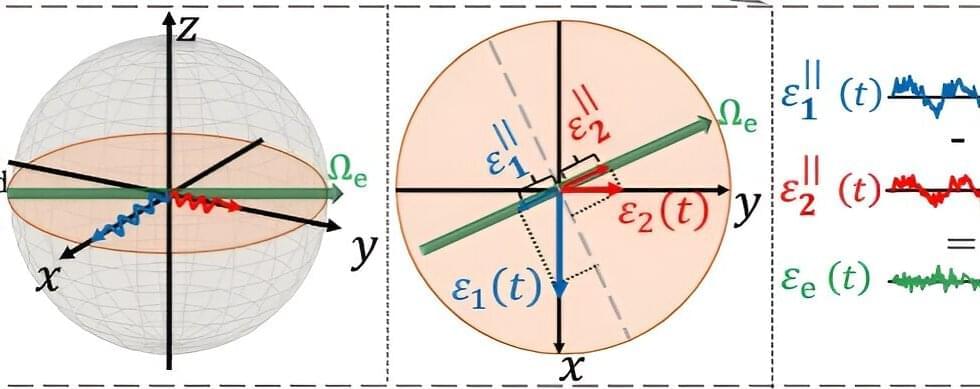
Terahertz technology has the potential to address the growing need for faster data transfer rates, but converting terahertz signals to various lower frequencies remains a challenge. Recently, Japanese researchers have devised a novel approach to both up-and down-convert terahertz signals within a waveguide. This is achieved by dynamically altering the waveguide’s conductivity using light, thereby creating a temporal boundary. Their breakthrough could lead to advancements in optoelectronics and improved telecommunications efficiency.
As we plunge deeper into the Information Age, the demand for faster data transmission keeps soaring, accentuated by fast progress in fields like deep learning and robotics. Against this backdrop, more and more scientists are exploring the potential of using terahertz waves to develop high-speed telecommunication technologies.
However, to use the terahertz band efficiently, we need frequency division multiplexing (FDM) techniques to transmit multiple signals simultaneously. Of course, being able to up-convert or down-convert the frequency of a terahertz signal to another arbitrary frequency is a logical prerequisite to FDM. This has unfortunately proven quite difficult with current technologies. The main issue is that terahertz waves are extremely high-frequency waves from the viewpoint of conventional electronics and very low-energy light in the context of optics, exceeding the capabilities of most devices and configurations across both fields. Therefore, a radically different approach will be needed to overcome current limitations.


















